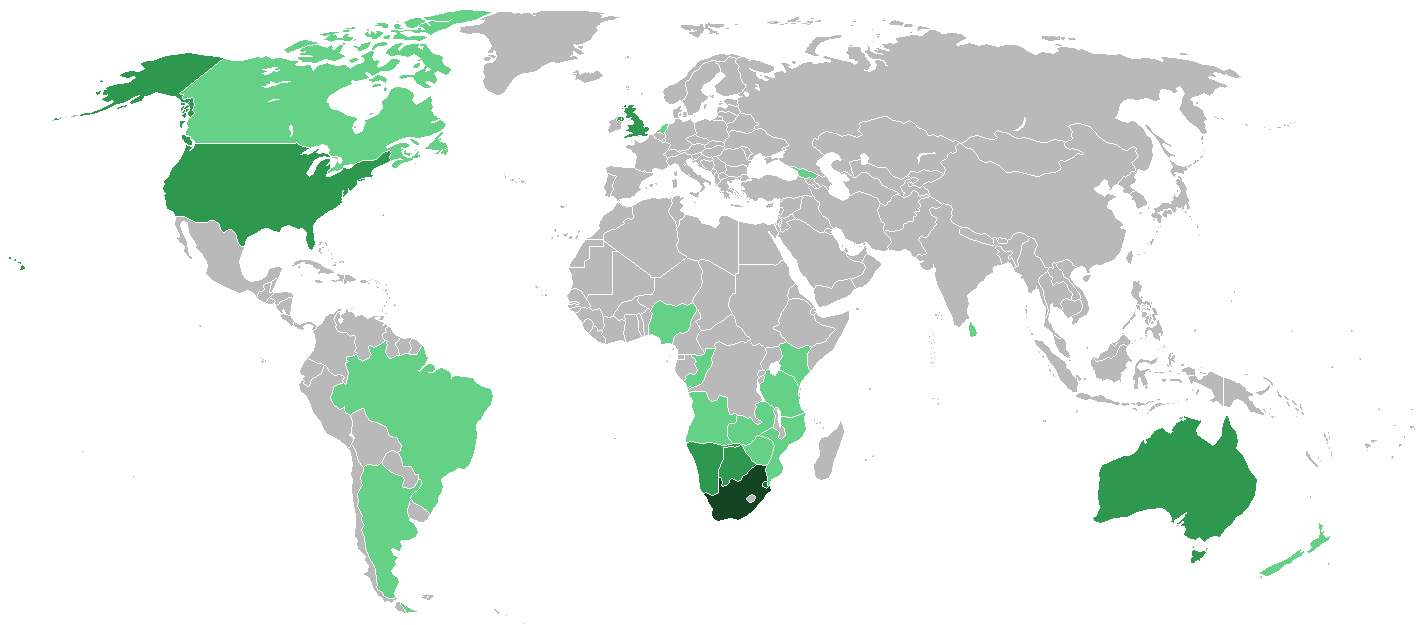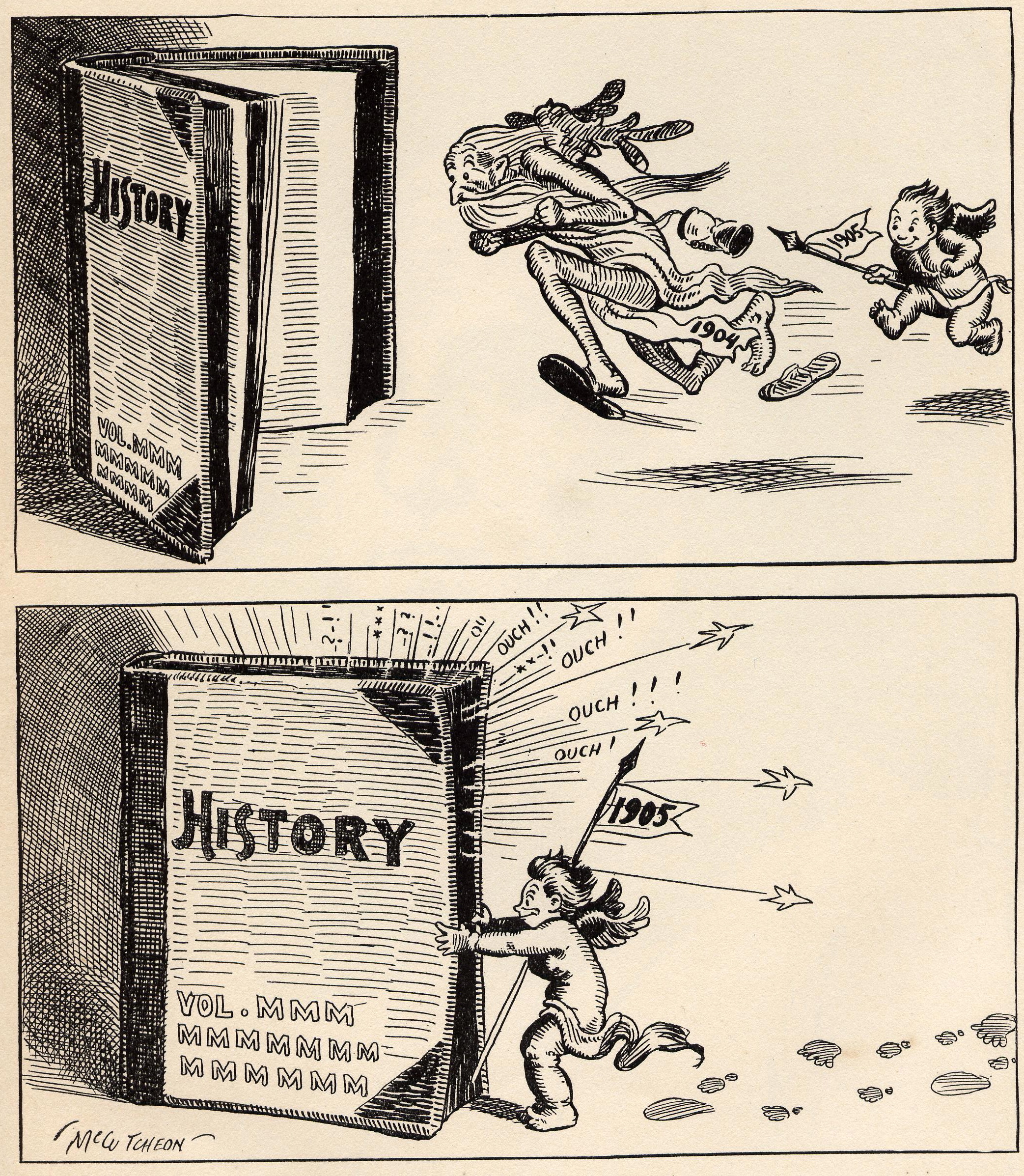|
H. B. Thom
Hendrik Bernardus Thom (13 December 1905 – 4 November 1983) was an Afrikaner professor and former Rector of the Stellenbosch University. Life and career Thom was born in Jamestown, Cape Colony, and grew up in Burgersdorp, South Africa. Because he was the 5th grandchild of his grandfather and namesake with the first names Hendrik Bernardus, his parents decided to call him by the nickname Quintus ("Five") to distinguish him from his cousins; he was known as Quintie Thom throughout his life. He matriculated at Burgersdorp High School and studied at Stellenbosch University Stellenbosch University (SU) (, ) is a public research university situated in Stellenbosch, a town in the Western Cape province of South Africa. Stellenbosch is the oldest university in South Africa and the oldest extant university in Sub-Sahara ... (BA History and Dutch, ''cum laude'', 1926 and MA History, ''cum laude'', 1928). He continued his studies in history in Germany at the Friedrich Wilhelms ... [...More Info...] [...Related Items...] OR: [Wikipedia] [Google] [Baidu] |
Stellenbosch University
Stellenbosch University (SU) (, ) is a public research university situated in Stellenbosch, a town in the Western Cape province of South Africa. Stellenbosch is the oldest university in South Africa and the oldest extant university in Sub-Saharan Africa, which received full university status in 1918. Stellenbosch University designed and manufactured Africa's first microsatellite, SUNSAT, launched in 1999. Stellenbosch is organised in 139 departments across 10 faculties offering bachelor's (Education in South Africa#Higher education and training system, NQF 7) to doctoral degrees (NQF 10) in the English and Afrikaans language. Across five campuses in the Western Cape, the university is home to 32,000 students. The students of Stellenbosch University are nicknamed "Maties". The term probably arises from the Afrikaans word "tamatie" (meaning tomato, and referring to the maroon sports uniforms and blazer colour). An alternative theory is that the term comes from the Afrikaans colloq ... [...More Info...] [...Related Items...] OR: [Wikipedia] [Google] [Baidu] |
Jannie Marais
Johannes Henoch Marais (8 September 1851 – 30 May 1915) was a South African mining magnate, politician and philanthropist who co-founded the multibillion-dollar media conglomerate Naspers and the University of Stellenbosch. He was affectionately known as Jannie in Dutch. Early life and career Marais was born on 8 September 1851 on the wine estate Coetsenburg in Stellenbosch, the youngest of ten children. He was educated at the Stellenbosch Gymnasium. In 1870, at the age of 19, he joined 3 of his older brothers who were prospecting for diamonds along the Vaal River. The following year, they went to New Rush, as Kimberley was then known. There, Marais earned a fortune. In 1880, he combined several mining interests to form the Kimberley Central Mining Company in which his brothers also had valuable shares. Later, the mining concern merged with De Beers Consolidated Mines and the brothers gained substantial interests in the company. Jannie Marais returned to Coetsenburg in ... [...More Info...] [...Related Items...] OR: [Wikipedia] [Google] [Baidu] |
Historians Of South Africa
A historian is a person who studies and writes about the past and is regarded as an authority on it. Historians are concerned with the continuous, methodical narrative and research of past events as relating to the human species; as well as the study of all history in time. Some historians are recognized by publications or training and experience.Herman, A. M. (1998). Occupational outlook handbook: 1998–99 edition. Indianapolis: JIST Works. Page 525. "Historian" became a professional occupation in the late nineteenth century as research universities were emerging in Germany and elsewhere. Objectivity Among historians Ancient historians In the 19th century, scholars used to study ancient Greek and Roman historians to see how generally reliable they were. In recent decades, however, scholars have focused more on the constructions, genres, and meanings that ancient historians sought to convey to their audiences. History is always written with contemporary concerns and ancient hist ... [...More Info...] [...Related Items...] OR: [Wikipedia] [Google] [Baidu] |
South African People Of German Descent
South is one of the cardinal directions or compass points. The direction is the opposite of north and is perpendicular to both west and east. Etymology The word ''south'' comes from Old English ''sūþ'', from earlier Proto-Germanic ''*sunþaz'' ("south"), possibly related to the same Proto-Indo-European root that the word ''sun'' derived from. Some languages describe south in the same way, from the fact that it is the direction of the sun at noon (in the Northern Hemisphere), like Latin meridies 'noon, south' (from medius 'middle' + dies 'day', ), while others describe south as the right-hand side of the rising sun, like Biblical Hebrew תֵּימָן teiman 'south' from יָמִין yamin 'right', Aramaic תַּימנַא taymna from יָמִין yamin 'right' and Syriac ܬܰܝܡܢܳܐ taymna from ܝܰܡܝܺܢܳܐ yamina (hence the name of Yemen, the land to the south/right of the Levant). South is sometimes abbreviated as S. Navigation By convention, the ''bottom or down ... [...More Info...] [...Related Items...] OR: [Wikipedia] [Google] [Baidu] |
Afrikaner Broederbond Members
Afrikaners () are a Southern African ethnic group descended from predominantly Dutch settlers who first arrived at the Cape of Good Hope in 1652.Entry: Cape Colony. ''Encyclopædia Britannica Volume 4 Part 2: Brain to Casting''. Encyclopædia Britannica, Inc. 1933. James Louis Garvin, editor. Until 1994, they dominated South Africa's politics as well as the country's commercial agricultural sector. Afrikaans, a language which evolved from the Dutch dialect of South Holland, is the mother tongue of Afrikaners and most Cape Coloureds. According to the South African National Census of 2022, 10.6% of South Africans claimed to speak Afrikaans as a first language at home, making it the country's third-largest home language after Zulu and Xhosa. The arrival of Portuguese explorer Vasco da Gama at Calicut, India, in 1498 opened a gateway of free access to Asia from Western Europe around the Cape of Good Hope. This access necessitated the founding and safeguarding of trade statio ... [...More Info...] [...Related Items...] OR: [Wikipedia] [Google] [Baidu] |
Cape Colony People
A cape is a clothing accessory or a sleeveless outer garment of any length that hangs loosely and connects either at the neck or shoulders. They usually cover the back, shoulders, and arms. They come in a variety of styles and have been used throughout history for many different reasons. Semantic distinction In fashion, the word "cape" usually refers to a shorter garment and "cloak" to a full-length version of the different types of garment, though the two terms are sometimes used synonymously for full-length coverings. A shoulder cape is thus sometimes called a "capelet". The fashion cape does not cover the front to any appreciable degree. In raingear, a cape is usually a long and roomy protective garment worn to keep one dry in the rain. History The first known usage of capes is unknown, but some early references we know of are from Ancient Roman military uniforms. Later on, capes were common in medieval Europe, especially when combined with a hood in the chaperon. They ... [...More Info...] [...Related Items...] OR: [Wikipedia] [Google] [Baidu] |
People From Walter Sisulu Local Municipality
The term "the people" refers to the public or common mass of people of a polity. As such it is a concept of human rights law, international law as well as constitutional law, particularly used for claims of popular sovereignty. In contrast, a people is any plurality of persons considered as a whole. Used in politics and law, the term "a people" refers to the collective or community of an ethnic group or nation. Concepts Legal Chapter One, Article One of the Charter of the United Nations states that "peoples" have the right to self-determination. Though the mere status as peoples and the right to self-determination, as for example in the case of Indigenous peoples (''peoples'', as in all groups of indigenous people, not merely all indigenous persons as in ''indigenous people''), does not automatically provide for independent sovereignty and therefore secession. Indeed, judge Ivor Jennings identified the inherent problems in the right of "peoples" to self-determination, as i ... [...More Info...] [...Related Items...] OR: [Wikipedia] [Google] [Baidu] |
1983 Deaths
1983 saw both the official beginning of the Internet and the first mobile cellular telephone call. Events January * January 1 – The migration of the ARPANET to Internet protocol suite, TCP/IP is officially completed (this is considered to be the beginning of the true Internet). * January 6 – Pope John Paul II appoints a bishop over the Czechoslovak exile community, which the ''Rudé právo'' newspaper calls a "provocation." This begins a year-long disagreement between the Czechoslovak Socialist Republic and the Vatican City, Vatican, leading to the eventual restoration of diplomatic relations between the two states. * January 14 – The head of Bangladesh's military dictatorship, Hussain Muhammad Ershad, announces his intentions to "turn Bangladesh into an Islamic state." * January 18 – United States Secretary of the Interior, U.S. Secretary of the Interior James G. Watt makes controversial remarks blaming poor living conditions on Indian reservation, Native American re ... [...More Info...] [...Related Items...] OR: [Wikipedia] [Google] [Baidu] |
1905 Births
As the second year of the massive Russo-Japanese War begins, more than 100,000 die in the largest world battles of that era, and the war chaos leads to the 1905 Russian Revolution against Nicholas II of Russia (Dmitri Shostakovich, Shostakovich's Symphony No. 11 (Shostakovich), 11th Symphony is subtitled ''The Year 1905'' to commemorate this) and the start of Revolution in the Kingdom of Poland (1905–07), Revolution in the Kingdom of Poland. Canada and the U.S. expand west, with the Alberta and Saskatchewan provinces and the founding of Las Vegas. 1905 is also the year in which Albert Einstein, at this time resident in Bern, publishes his four Annus Mirabilis papers, ''Annus Mirabilis'' papers in ''Annalen der Physik'' (Leipzig) (March 18, May 11, June 30 and September 27), laying the foundations for more than a century's study of theoretical physics. Events January * January 1 – In a major defeat in the Russo-Japanese War, Russian General Anatoly Stessel su ... [...More Info...] [...Related Items...] OR: [Wikipedia] [Google] [Baidu] |
Suid-Afrikaanse Akademie Vir Wetenskap En Kuns
The Suid-Afrikaanse Akademie vir Wetenskap en Kuns (SAAWK) (literally ''South African Academy for Science and Arts'') is a multidisciplinary organization dedicated to promoting science, technology and the arts in Afrikaans, as well as promoting the use and quality of Afrikaans. The Hertzog Prize is awarded annually by the academy for high-quality literary work, while the Havenga prize is awarded annually for original research in the sciences. Origin The initiative for the founding of the SAAWK came from General J. B. M. Hertzog who championed the Dutch-Afrikaans language. He suggested ''"dat een lichaam in 't leven worde geroepen ter bevordering van de Hollandse taal en letteren in Zuid-Afrika"'' (that one organisation be established to promote the Dutch language and literature in South Africa). On 2 July 1909, the first 30 members of the body gathered to form the ''"Zuid-Afrikaanse Akademie voor Taal, Letteren en Kunst"'' (South African Academy for Language, Literature and A ... [...More Info...] [...Related Items...] OR: [Wikipedia] [Google] [Baidu] |




